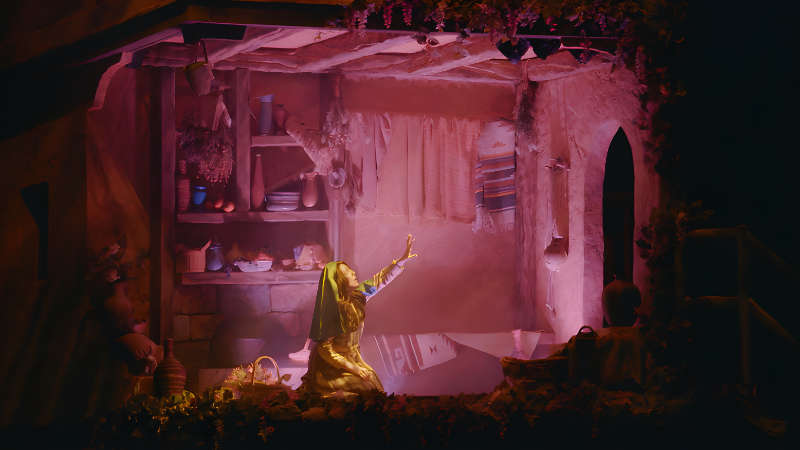The libraries of the Ancient East depended on temples or palaces. Even though nothing is known about the principles of book classification, it is evident that catalogs existed, since Sumerian, Hittite and Egyptian libraries are known to have preserved books written on baked brick.
Later, when the papyrus was discovered, the necessary data appeared at the beginning of the scroll with the title and author, but in cuneiform writings they are at the end of the tablet. Small collections of writings were kept in a jar or basket.
The great libraries, which contained the set of sciences known at that time: religious, lexicographic, divinatory, mathematical, medical texts, etc., also included chronological lists, and even copies of royal annals, documents, foundations and international treaties. .
Very special measures were taken to complete the collections and replace missing texts: this effort is especially evident in the Library of Assurbanipal in his palace at Nineveh, in the 7th century, whose library contained one or several Akkadian and Sumerian texts known in the epoch.
Parallel to the general libraries there were specialized ones, and thus the magistrates could find all the legal texts in a place adjacent to the court. The temples also preserved the sacred books.
Meaning of LIBRARY
The libraries of the Ancient East depended on temples or palaces.







